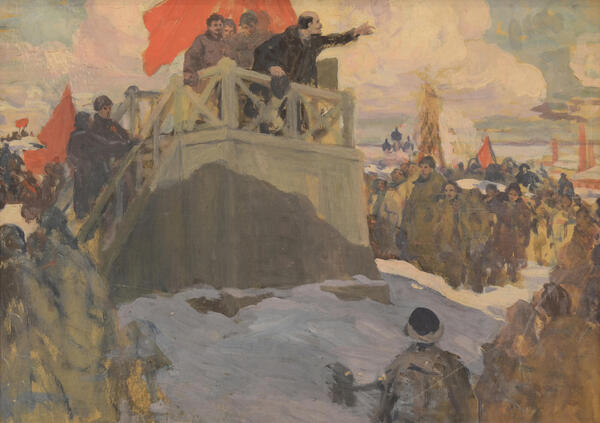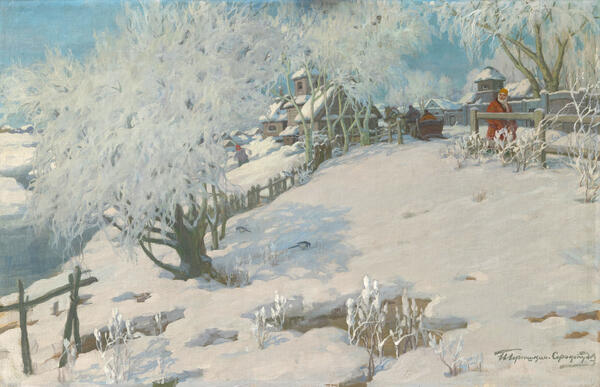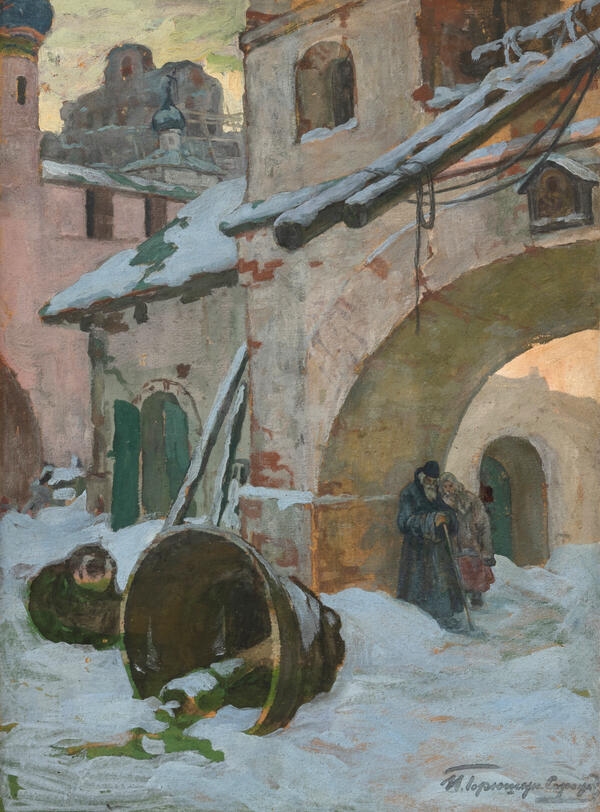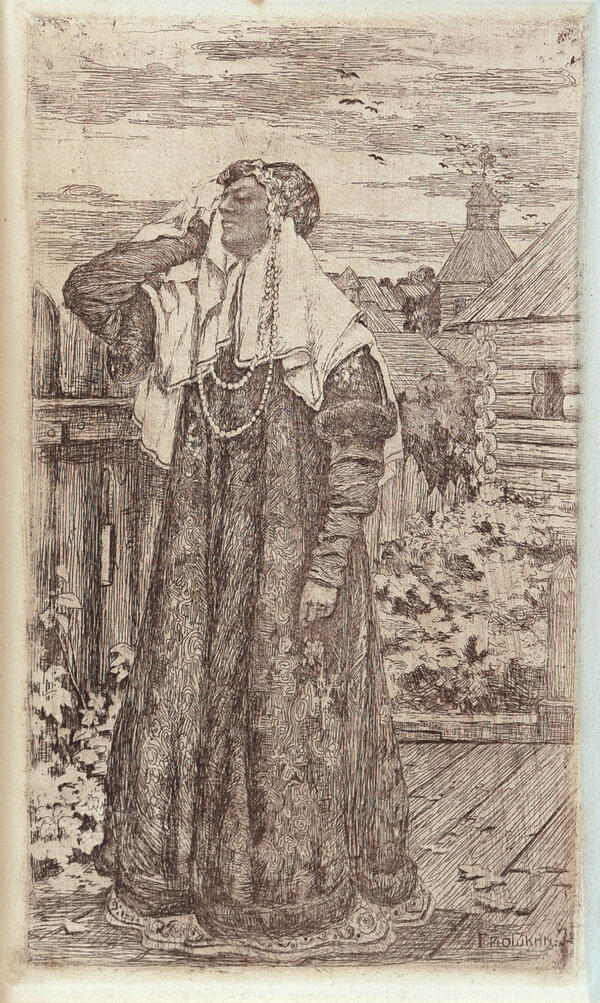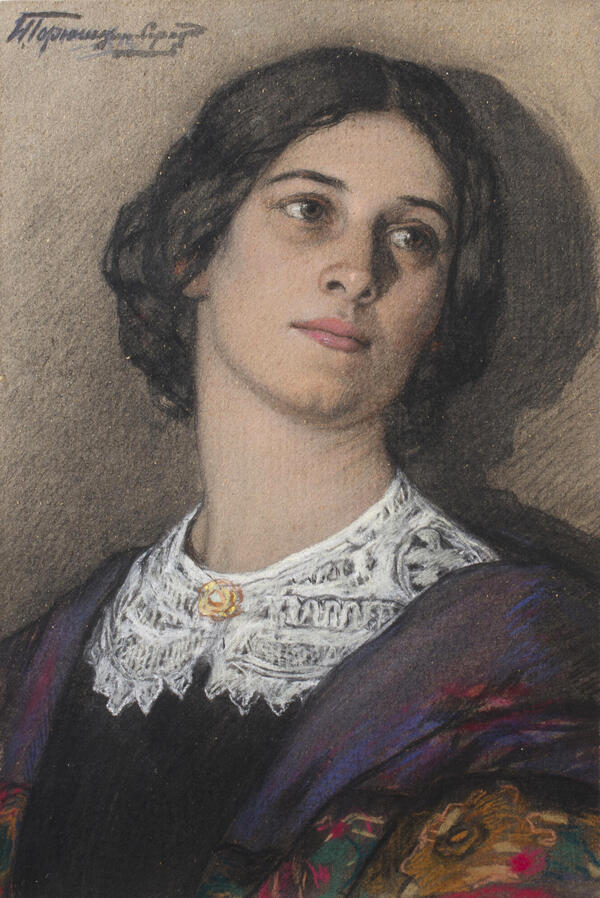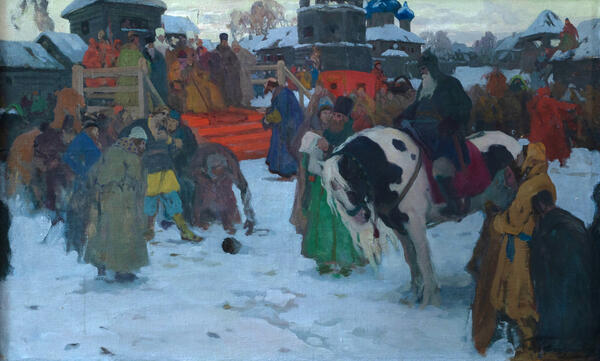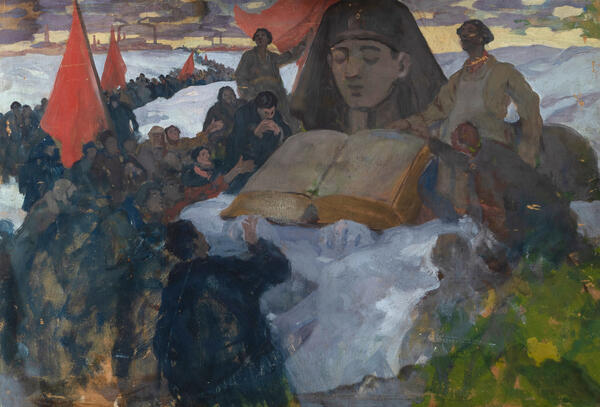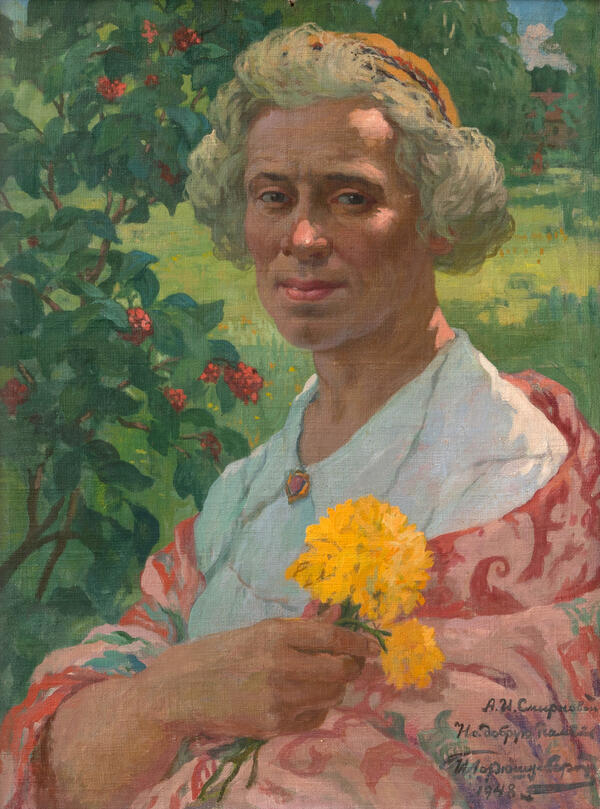Ivan Silych Goryushkin-Sorokopudov explored the tragic events that accompanied Russian revolutions in several paintings. In his early works from the 1900s and 1910s, he looked at contemporary events from various angles. Some of these works included “The Mirror Has Been Brought”, “The Shlisselburg Prison”, and “The Captives Are Here”.
The painter eventually returned to the same motif 26 years later when he created the painting “The Prisoners Are Here”. The image of the Shlisselburg prison, which inspired him to paint several other works, symbolized the struggle for freedom in the face of oppression.
The Schlisselburg fortress was the largest structure of its type in central Russia. It was located on a small island surrounded by powerful ancient walls, so that no one could escape successfully. It became a prison in the early 18th century. Its prisoners included members of the imperial family, pretenders to the throne, as well as courtiers and nobles who had fallen out of favor.
During the Russian Revolution, prisoners of the Schlisselburg colony were released. This ended the two-century-long gloomy history of the “Russian Bastille”. After that, life in Russia changed forever.
These political events received great attention and resonance in the works of Ivan Goryushkin-Sorokopudov in the 1920s and 1930s. His 1932 painting “The Prisoners Are Here” is particularly emotional in its content and expressive means.
On a winter evening, a wagon with prisoners approaches the prison gates. Soldiers take the prisoners outside. The guards stare blankly at the familiar scene. In the center of the composition, against the snowy background and the brick wall, there is a guard holding a rifle, wearing an overcoat and a dark peaked cap. An electric lantern shines brightly in the darkness of the nights. The green prison walls are extremely tall, suppressing the figures of the prisoners with their heaviness. This painting by Ivan Goryushkin-Sorokopudov differs from his other works in its color palette, its generalized interpretation of volume, and its departure from detailed description to the general characterization of the key events.





